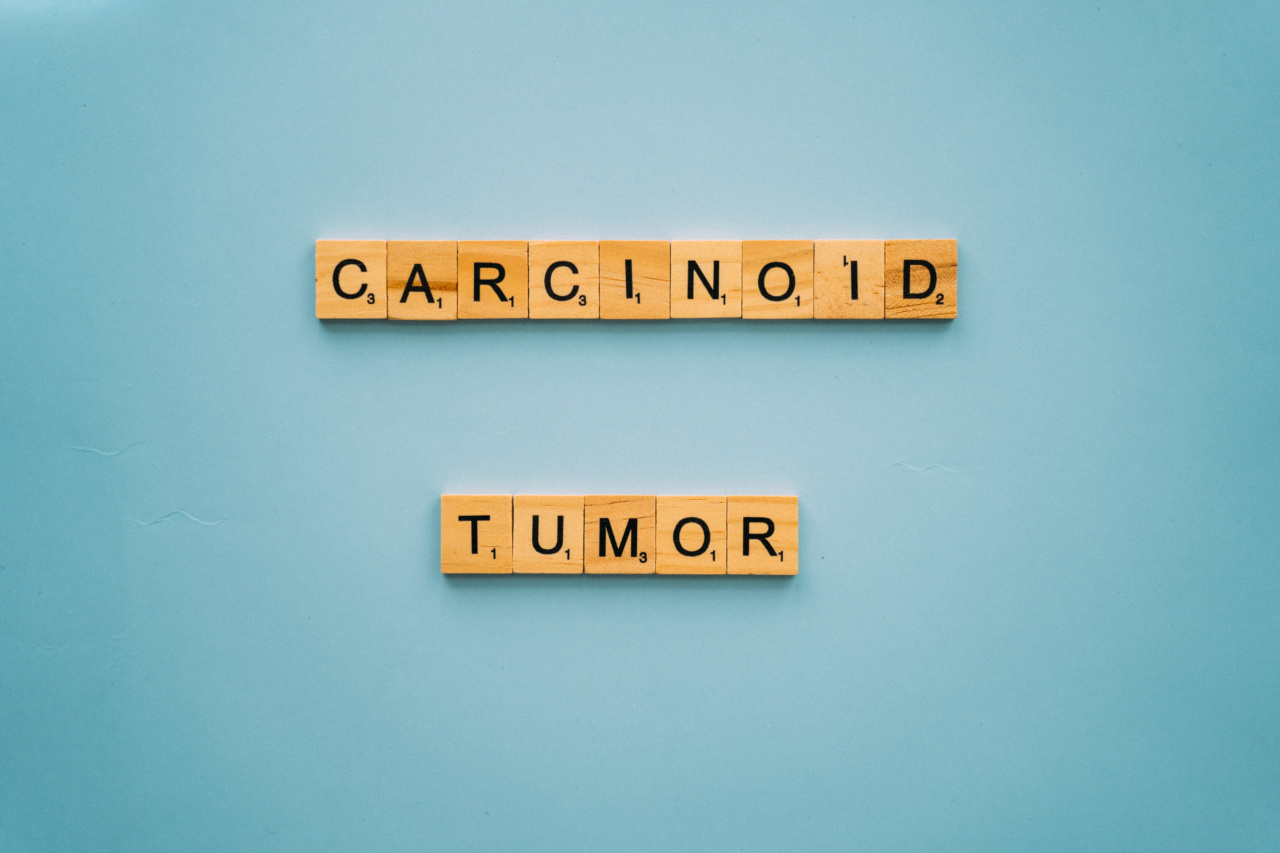A chest tumor, also known as a lung mass or pulmonary nodule, can be a concerning discovery. While the word “tumor” often brings to mind the fear of cancer, not all chest tumors are malignant.
In fact, many of these growths are non-cancerous or benign. Understanding the likelihood of a non-cancerous chest tumor becoming cancerous is crucial for making informed decisions about treatment options and managing one’s health.
What is a Non-Cancerous Chest Tumor?
A non-cancerous chest tumor refers to an abnormal growth that develops in the lungs or surrounding tissues.
These growths can vary in size, shape, and appearance, and they are often detected incidentally during routine medical imaging or while investigating unrelated symptoms. Non-cancerous tumors can be caused by a variety of factors such as infections, inflammation, or even scar tissue formation.
While non-cancerous tumors do not spread to other parts of the body like malignant tumors do, they may still cause discomfort or exhibit certain characteristics that warrant further evaluation.
Types of Non-Cancerous Chest Tumors
There are several types of non-cancerous chest tumors that individuals may encounter. These include:.
1. Hamartomas
Hamartomas are the most common type of non-cancerous chest tumor. They are composed of an abnormal mixture of cells that are usually found in the lungs, such as cartilage, fat, and lung tissue. Hamartomas are often small and do not cause any symptoms.
If they grow larger or are located in a critical area of the lung, they can press on nearby structures and cause symptoms like coughing, shortness of breath, or chest pain. However, hamartomas are benign and are not usually considered precursors to cancer.
2. Adenomas
Adenomas are tumors that arise from glandular cells in the lung. These glandular cells normally produce mucus, but in the case of adenomas, they multiply excessively and develop into a tumor.
While most adenomas are non-cancerous, a small percentage may progress to become adenocarcinomas, a type of lung cancer. Therefore, it is important to monitor the growth and changes in adenomas carefully.
3. Granulomas
Granulomas are small nodules that result from the body’s response to infection or inflammation. They are commonly found in individuals who have been exposed to certain bacteria or fungi, such as tuberculosis or histoplasmosis.
Granulomas are generally harmless and rarely become cancerous. However, they may need to be evaluated to determine the underlying cause and to rule out any other significant health issues.
4. Fibromas
Fibromas are benign tumors that are made up of fibrous or connective tissue. They typically do not cause any symptoms and are often discovered incidentally. Fibromas are not generally associated with an increased risk of developing cancer.
5. Lipomas
Lipomas are non-cancerous fatty tumors that are commonly found in various parts of the body, including the chest. While lipomas are generally harmless, they may cause discomfort if they grow large enough or compress nearby structures.
However, they do not progress to cancer.
The Likelihood of a Non-Cancerous Chest Tumor Becoming Cancerous
It is essential to understand that the majority of non-cancerous chest tumors remain benign and do not become cancerous. Most individuals can receive reassurance from their healthcare providers regarding the benign nature of these growths.
However, it is important to note that some types of non-cancerous chest tumors have a slightly higher likelihood of progressing to cancer.
Among the non-cancerous chest tumors mentioned above, adenomas have a small chance of becoming malignant. Adenomas that undergo certain genetic mutations may transform into adenocarcinomas, the most common type of lung cancer.
Therefore, individuals with adenomas may be advised to undergo regular imaging and surveillance to monitor any changes in size, shape, or appearance of the tumor.
Other non-cancerous chest tumors, such as hamartomas, granulomas, fibromas, and lipomas, have an extremely low likelihood of becoming cancerous.
These types of tumors are mostly composed of stable, normal cells that do not possess the ability to transform into cancerous cells.
Managing Non-Cancerous Chest Tumors
When a non-cancerous chest tumor is diagnosed, the appropriate management strategy will depend on the specific characteristics of the tumor, the symptoms experienced by the individual, and the overall health status of the patient.
In most cases, observation through periodic follow-up imaging is sufficient to ensure the stability of the tumor.
If a non-cancerous chest tumor causes significant symptoms or grows significantly, it may need to be removed surgically.
In some cases, minimally invasive techniques such as video-assisted thoracic surgery (VATS) can be employed to remove the tumor with fewer complications and a quicker recovery time.
In the case of adenomas, close monitoring is essential due to their slightly higher risk of transformation into adenocarcinomas.
Regular follow-up visits and imaging studies can help detect any signs of progression or malignant changes that may require further intervention.
Conclusion
Non-cancerous chest tumors are commonly encountered during medical evaluations and imaging studies.
While the word “tumor” may initially instill fear and worry, it is crucial to understand that the majority of these growths are non-cancerous and remain benign. Adenomas, although primarily non-cancerous, have a slightly higher likelihood of transforming into malignant tumors.
However, most other non-cancerous chest tumors, such as hamartomas, granulomas, fibromas, and lipomas, have an extremely low risk of becoming cancerous.
Individuals diagnosed with non-cancerous chest tumors should consult with their healthcare providers to determine the most appropriate management strategy.
Regular follow-up visits and imaging studies can help monitor any changes and ensure the stability of the tumor over time. By understanding the characteristics and nature of non-cancerous chest tumors, individuals can make informed decisions about their health and well-being.































